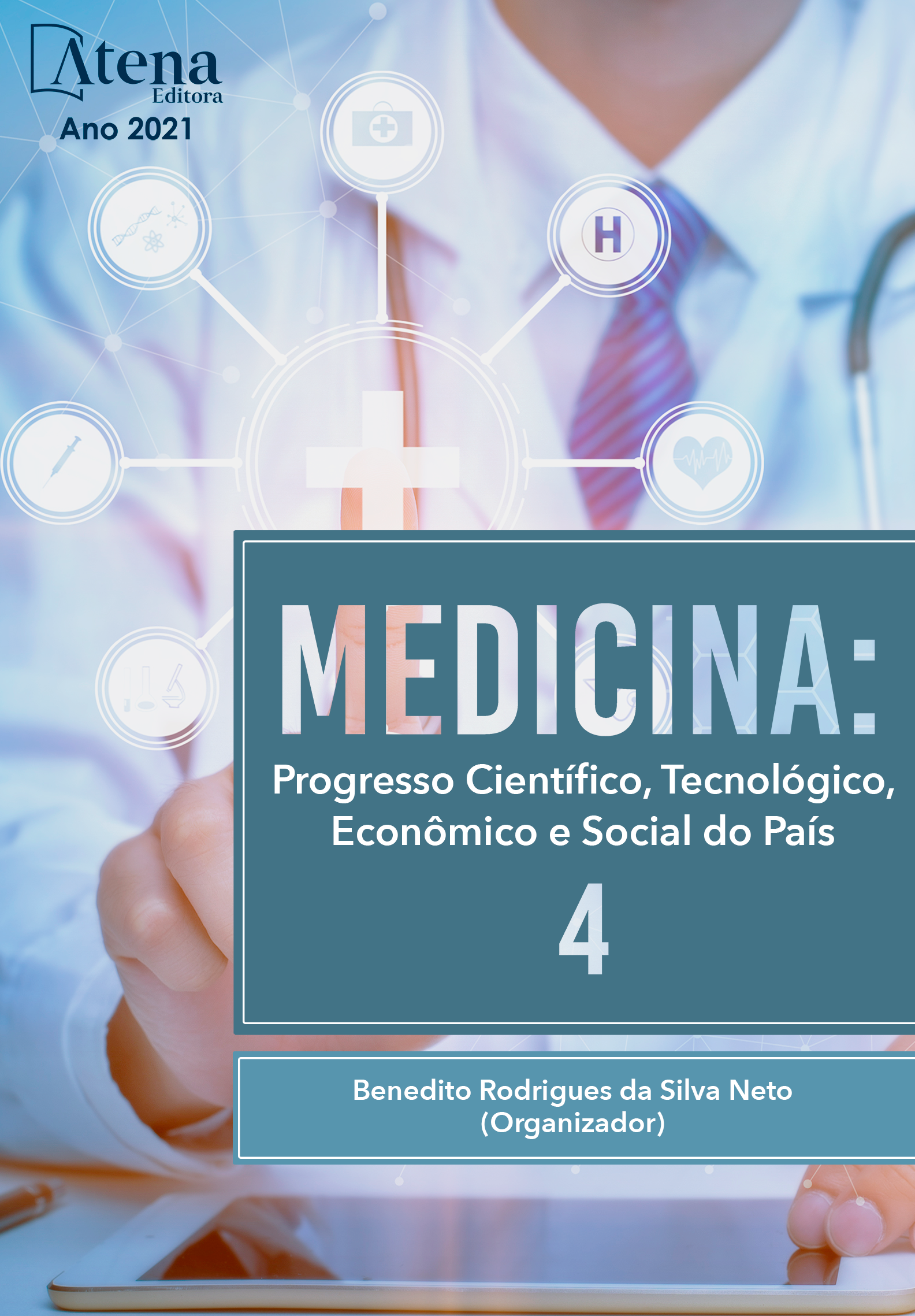
RELAÇÃO ENTRE O PERFIL LIPÍDICO E HEMODIÁLISE
A doença renal crônica (DRC) pode ser definida como uma redução permanente da taxa de filtração glomerular. Entre os principais fatores etiológicos para o seu desenvolvimento está a nefropatia por diabetes mellitus (DM). O tratamento indicado para a DRC terminal é a terapia renal substitutiva. Essa é uma técnica que suplementa as falhas da função renal, realizando o balanço hidroeletrolítico, podendo ser realizada tanto sob a forma de hemodiálise, como de diálise peritoneal ou o transplante renal. Entre essas três modalidades da terapia renal substitutiva (TRS), destacam-se a hemodiálise convencional (HDC) e a hemodiafiltração (HDF). A doença cardiovascular (DCV) é a principal causa de mortalidade no DM e na DRC, sendo a dislipidemia um dos fatores de risco. O paciente renal crônico é considerado de muito alto risco para DCV e por isso a meta desejada de LDL-colesterol (LDL-c) deve ser inferior a 55 mg/dL. Nesse estudo, optou-se por analisar o grupo de pacientes diabéticos nas duas modalidades, HDF e HDC, e em duas frequências de tratamento, 3 ou 4 sessões semanais, no tocante ao perfil lipidêmico e inferir um provável benefício do tipo ou número de sessões semanais, para o risco DCV. Diante disso, foram coletados dados dos prontuários de 224 pacientes diabéticos em hemodiálise de clínicas de Campinas e São Paulo, com relação a sexo, idade, frequência dialítica semanal, modalidade e eficácia da diálise, colesterol total, LDL-c, HDL triglicérides e hemoglobina glicada (HbA1C), após prévia autorização dos pacientes. Dos 224 pacientes, 119 eram HDC e 25 HDF, justificável pela menor acessibilidade deste.
RELAÇÃO ENTRE O PERFIL LIPÍDICO E HEMODIÁLISE
-
DOI: 10.22533/at.ed.59321080720
-
Palavras-chave: Diabetes; hemodiálise; dislipidemia; risco cardiovascular.
-
Keywords: diabetes; hemodialysis; dyslipidemia; cardiovascular risk
-
Abstract:
Chronic kidney disease (CKD) can be defined as a permanent reduction in the glomerular filtration rate. Among the main etiological factors for its development is diabetes mellitus nephropathy (DM). The indicated treatment for terminal CKD is renal replacement therapy. This is a technique that supplements the renal function failures, performing the hydroelectrolytic balance, and can be performed either in the form of hemodialysis, peritoneal dialysis or kidney transplantation. Among these three modalities of renal replacement therapy (RRT), conventional hemodialysis (HDC) and hemodiafiltration (HDF) stand out. Cardiovascular disease (CVD) is the main cause of mortality in DM and CKD, with dyslipidemia being one of the risk factors. The chronic renal patient is considered to be at very high risk for CVD and therefore the desired LDL-cholesterol (LDL-c) target should be less than 55 mg / dL. In this study, we chose to analyze the group of diabetic patients in the two modalities, HDF and HDC, and in two treatment frequencies, 3 or 4 weekly sessions, with regard to the lipid profile and infer a probable benefit of the type or number of sessions weekly, for CVD risk. Therefore, data were collected from the medical records of 224 diabetic patients undergoing hemodialysis at clinics in Campinas and São Paulo, regarding gender, age, weekly dialysis frequency, dialysis mode and efficacy, total cholesterol, LDL-c, HDL triglycerides and hemoglobin glycated (HbA1C), after previous authorization of the patients. Of the 224 patients, 119 were HDC and 25 HDF, justified by their lower accessibility.
-
Número de páginas: 15
- Marcia Scolfaro Carvalho
- Maria Beatriz Aparecida Orrú


